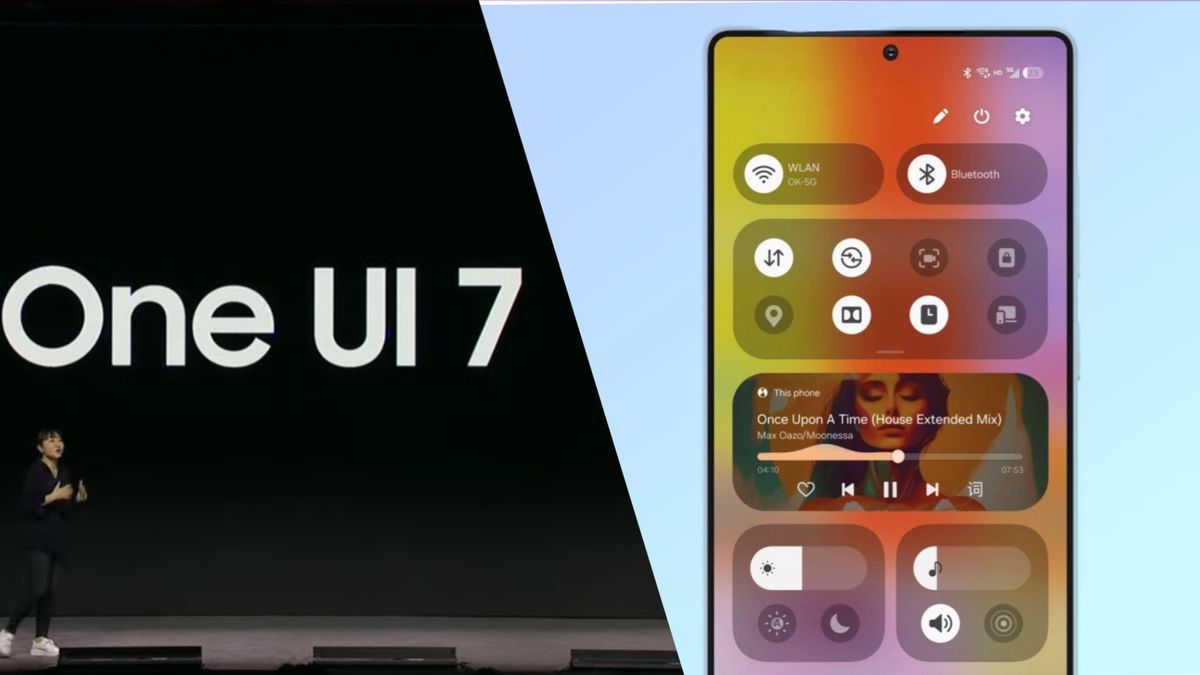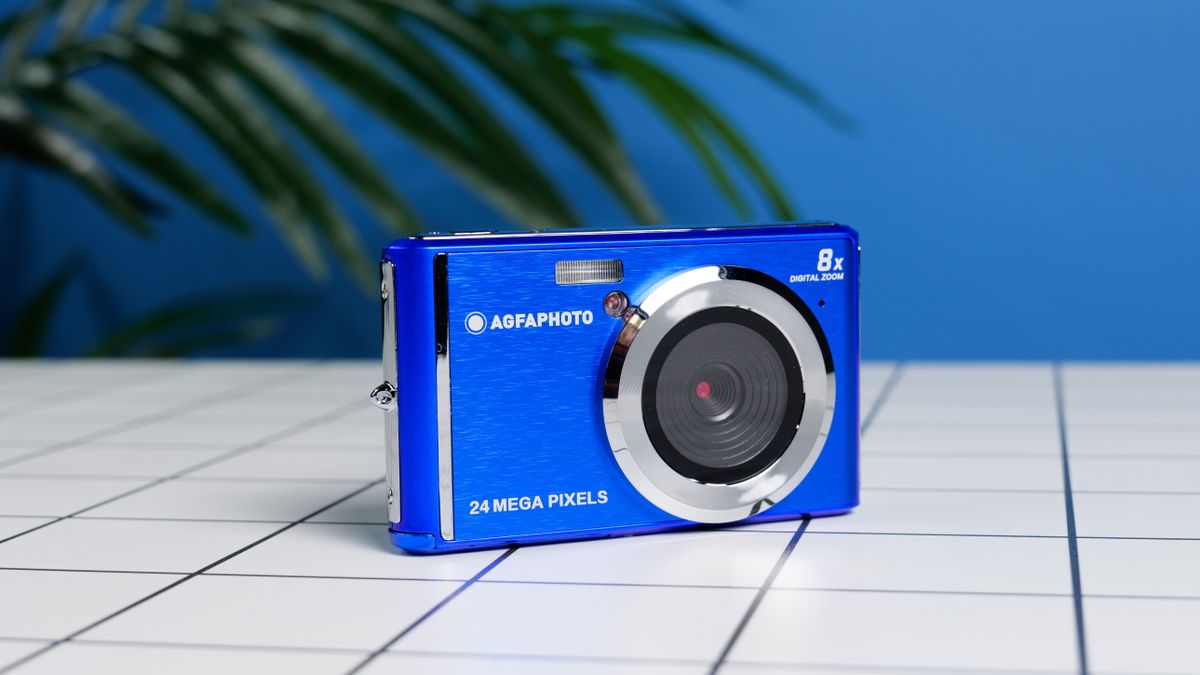Lightricks, the app developer behind LTX Studio, Facetune and Videoleap has released its first custom AI video model: LTX Video 0.9. It is open-source and the company claims it's capable of generating five seconds of AI video in just four seconds.
The company says the new model can generate clips with impressive degrees of motion consistency, and realism and do so with greater efficiency than other similar-sized alternatives.
LTX Video is being dubbed a “real-time video creator” that was built with feedback from users of LTX Studio, a platform that lets you create a multi-clip project from a single prompt.
The five-second-video-in-four-seconds was generated using an Nvidia H100 GPUs and with a 768 x 512 resolution. The model will run on a standard Nvidia RTX 4090, although it will take a fair bit longer than four seconds to create the video in that case.
Zeev Farbman, Co-founder and CEO of Lightricks said: “With many AI technologies becoming proprietary, we believe it’s time for an open-sourced video model that the global academic and developer community can build on and help shape the future of AI video.”
How does LTX Video work?

LTX Video is open-source, much like Mochi-1 and according to Lightricks it is able to generate videos quickly while maintaining video quality and motion accuracy.
"We built Lightricks with a vision to push the boundaries of what's possible in digital creativity to continue bridging that gap between imagination and creation — ultimately leading to LTXV, which will allow us to develop better products that address the needs of so many industries taking advantage of AI’s power," said Farbman.
We're excited to see how researchers and developers will build upon this foundational model.
Yaron Inger, CTO of LightricksBeing able to run a model like this comfortably on a good gaming PC is a huge step up for AI video and gets us to a point where it could be integrated into games or video editing tools for real-time rendering and previews.
The company promises “unmatched motion and structure consistency” from the LTX Video diffusion transformer architecture. It can ensure coherent transitions between individual frames within the 5-second video create a smoother motion and reduce morphing.
This will in turn make it easier to scale up to longer-form video production in the future, according to Yaron Inger, CTO of Lightricks. He said it will enable a wider range of use cases than are currently possible
Inger said: “The ability to generate videos faster than playing them opens the possibility for applications beyond content creation, like gaming and interactive experiences for shopping, learning or socializing. We're excited to see how researchers and developers will build upon this foundational model.”
How well does LTXV work?

I’ve been trying LTX Video in an early preview and was impressed with the motion quality as well as the overall visual output. It isn’t as good as Kling or Runway Gen-3 but for an open-source model able to generate at speed, it is a serious contender.
It is available in image-to-video and text-to-video modes. LTX Video is also adaptable to work with a range of video lengths and resolutions which make it useful in production scenarios.
Finally, being fully open source with codebase and model weights other developers can enhance or build on the base model. We've seen this with image models like Flux and Stable Diffusion, resulting in a wider range of capabilities than a single company might be able to develop alone.
All of the videos in this article were made using LTX Video and were as fast to generate as you’d expect. I haven’t yet tried them offline but it is available through ComfyUI if you have a good enough gaming PC available.
If you don’t have a gaming PC it is available through HuggingFace and FAL.ai.
More from Tom's Guide
- Best food delivery services: Grubhub vs Uber Eats vs Doordash
- The best cast iron skillets 2024: Tested and rated
- How to make images with AI using Leonardo





















 English (US) ·
English (US) ·